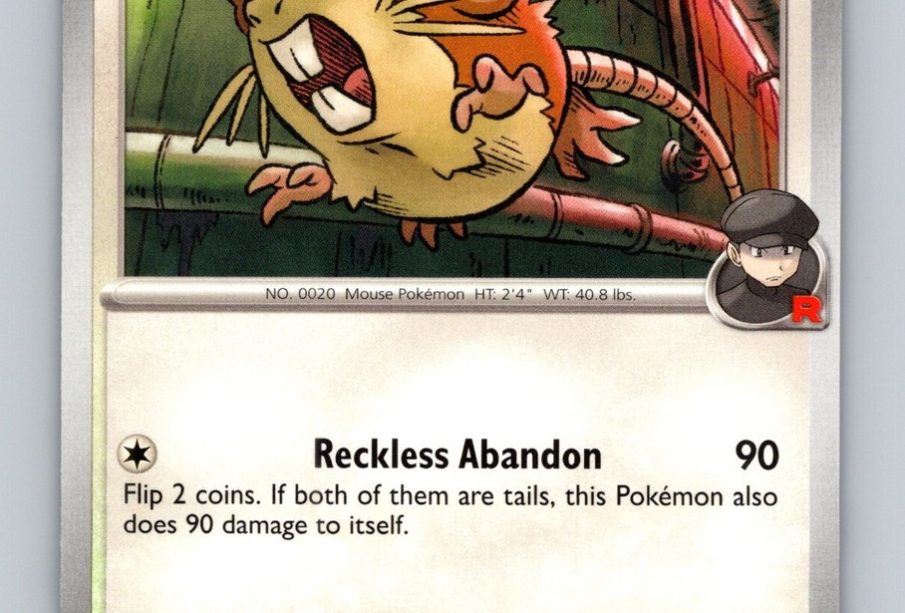Understanding Club Friendlies and Their Role in Football

Introduction to Club Friendlies
Club friendlies, non-competitive matches played between football teams, hold significant importance in the modern sporting landscape. While these games do not contribute to a team’s official record, they serve multiple critical purposes, including player development, tactical experimentation, and fan engagement. As professional clubs prepare for competitive seasons and international tournaments, these fixtures provide a unique platform to test strategies and integrate new players.
Current Trends in Club Friendlies
As of 2023, the trend of conducting club friendlies has gained momentum, particularly during pre-season and international breaks. For instance, top-tier clubs in Europe such as Manchester City and Barcelona often organize tours in North America, Asia, and Australia. These tours not only allow teams to fine-tune their performance on the pitch but also bring football closer to their global fan bases, enhancing the sport’s international appeal.
Recently, this summer saw numerous clubs, including Chelsea and Real Madrid, engaging in friendly matches across the globe, with matches held in venues ranging from iconic stadia to local grounds. The economic impact of these tours is considerable, as they generate substantial revenue through ticket sales, merchandise, and sponsorships.
Player Development and Tactical Preparation
One of the main reasons clubs prioritize friendly matches is player development. Coaches use these fixtures to assess new signings, provide game time to less experienced players, and implement new tactics without the pressure of competitive match outcomes. For example, during club friendlies, managers can experiment with formations, giving versatile players the chance to shine in different roles, which is particularly crucial in pre-season where teams look to build chemistry and tactical understanding.
Fan Engagement and Community Involvement
Club friendlies play an essential role in engaging fans, particularly in regions where these clubs don’t usually play. They create a bridge between clubs and their supporters by providing an opportunity for fans to see their favorite players live, as well as engage with fan events and community outreach programs. The excitement generated around such matches often translates into increased season ticket sales and an expanded fan base.
Conclusion: Future of Club Friendlies
As football continues to globalize, the relevance of club friendlies is likely to remain robust. These matches serve not only as a preparation tool for teams but also as a means of fostering community ties and expanding the sport’s reach. Looking ahead, clubs might increasingly explore using technology in these matches for improved fan interaction, such as live streaming and virtual experiences, ensuring that club friendlies remain an integral part of the football calendar.









